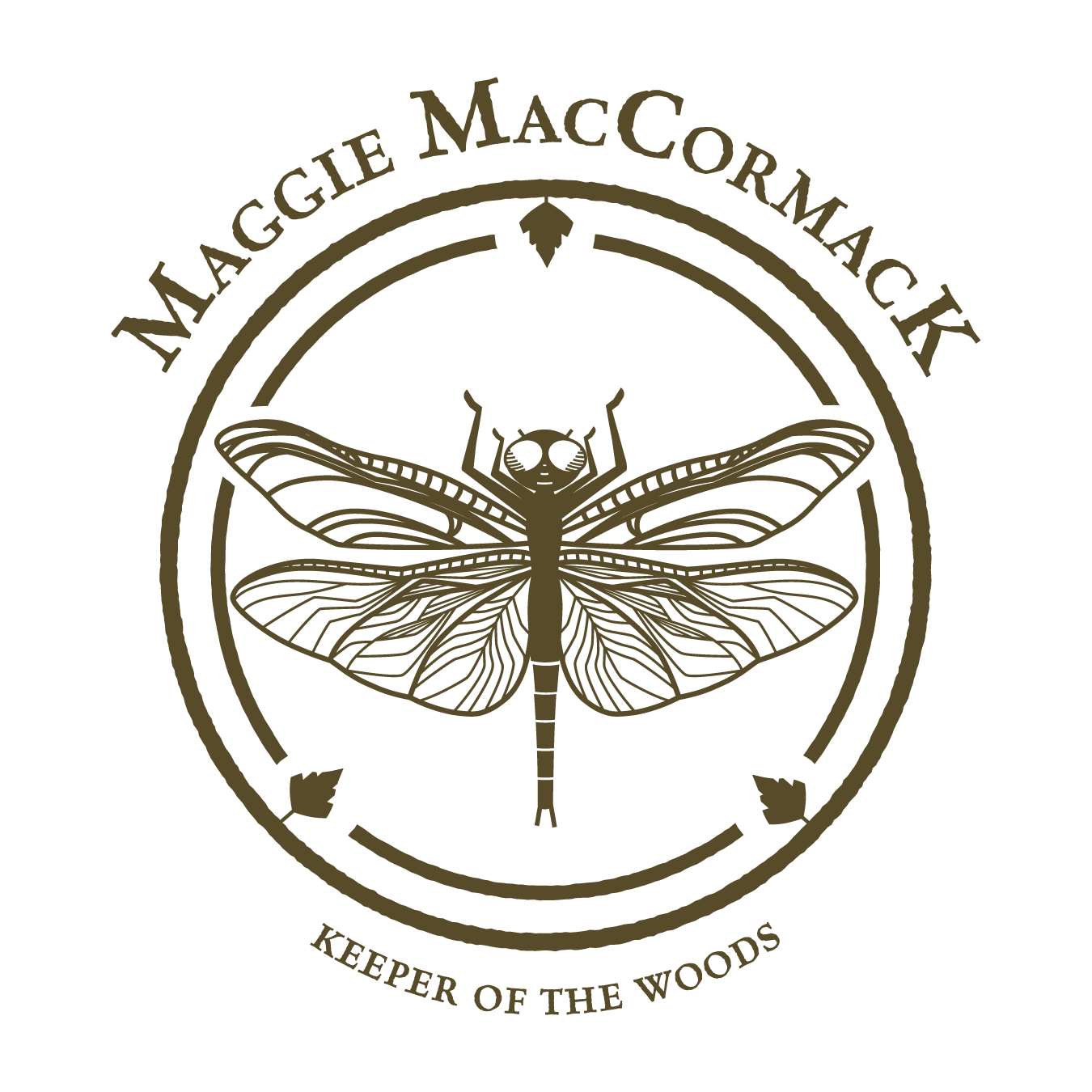The most amazing prose will never be read if it’s presented in an unattractive, ill suited format. Lines of type crammed together into rectangular blocks that swallow up the gutters of the page and smother the writer’s intention are a bane of printed books.
You could be another William Shakespeare, having just written another Hamlet. If this work were to be self-published in a poorly designed, poorly printed format, no one will care to read it.
Design is a way of communicating information, organizing thought and presenting ideas in a structured yet elegant manner. Good design can incorporate a little bit of chaos, too. But only a true designer can make chaos into art. Most self-published books are simply unintended works of printed chaos – ugly covers and unattractive text blocks impede the ease with which a reader digests the story.
Every element of a book’s design matters: the point size of the type, the number of characters, width of each line, the number of lines of type per page, the space between the lines, the gutters of the page, and so on. Everything relates to the dimensions of the book. All these elements work together to subliminally usher a reading public through the world of the printed page.
Design advertises the book and the book advertises the author’s distinctive brand.
Typefaces, like people, have distinctive, suggestive features and associations. Thus, type must be selected for its ability to not only represent the character and words of the author, but suitability to the genre the author writes in.
The work of designing a book is part science, part history, part geometry, part mathematical equation and part artistic talent. Owning a design suite does not make you a good designer any more than owning paint and a paintbrush makes you a Monet.

